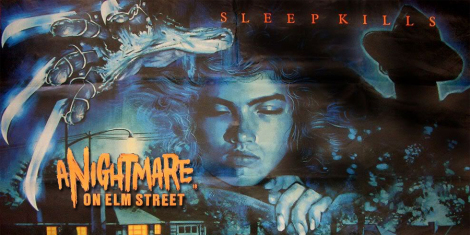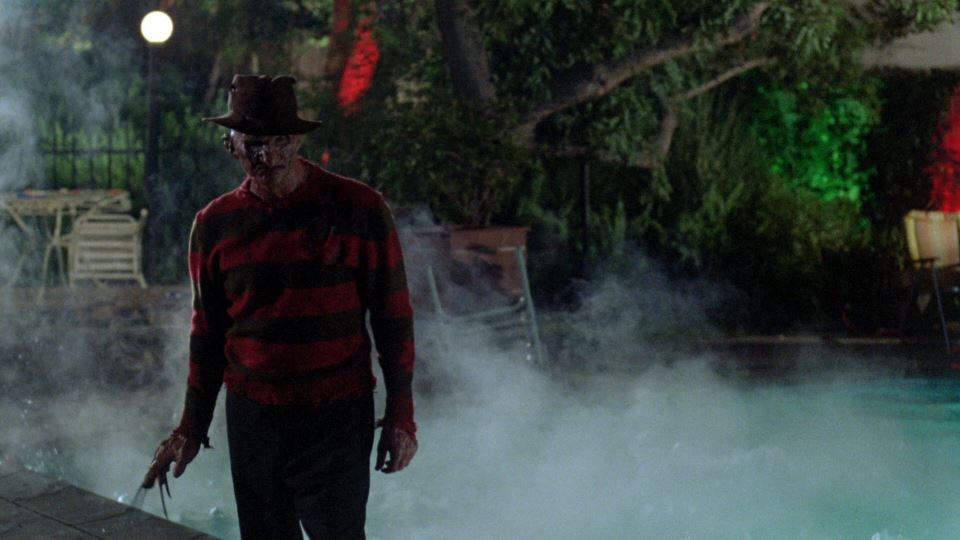Of all the holidays celebrated worldwide, no single day is loved by the Substream staff more than Halloween. With October’s arrival, the time has finally come to begin rolling out a slew of special features we have prepared in celebration of our favorite day.
31 Days Of Halloween is a recurring column that will run throughout the month of October. The goal of this series is to supply every Substream reader with a daily horror (or Halloween-themed) movie recommendation that is guaranteed to amplify your All Hallows’ Eve festivities. We’ll be watching every film the day it’s featured, and we hope you will follow along at home. Reader, beware, you’re in for a… spooky good time!

Day 20: A Nightmare on Elm Street (1984)
Slasher films are a horror staple. There’s not much that is more nostalgic than watching a group of teenagers or college students meet a grisly demise at the hands of a psychotic killing machine. But in a sea of brutes with an affinity for spilling blood, there’s a particular slasher kingpin that stands out from the crowd: Wes Craven’s nightmarish creation, Freddy Krueger.
Debuting in the 1984 horror classic A Nightmare on Elm Street, Krueger, iconically played by Robert Englund, doesn’t just bring the hacking and slashing; he brings a real sense of paranoia and dread. A Nightmare on Elm Street has all the makings of the quintessential slasher flick of the time, centering its story around 15-year-old Nancy Thompson (Heather Langenkamp) and her group of friends who are all eerily having nightmares of the same red-and-green sweater-wearing man with knives for fingers. After a sleepover goes terribly wrong with one friend brutally murdered, these teens have to face the possibility that their dreams may be killing them.
Nightmare fits in with slasher predecessors like Halloween and Friday the 13th as the teens are taken out one by one in devilishly gruesome ways, probably peaking at the infamous Johnny Depp death that features a geyser of blood erupting from a bed. There are plenty of jump scares and gore to appease your typical horror fan, but what really makes Nightmare so terrifying is in what sets it apart. There is a bit of a fantastical nature to the film. Krueger doesn’t simply seek to end his victim’s life; he genuinely enjoys the idea of toying with them, torturing them, and terrifying them. It’s easy to find the humor in Krueger’s antics, but it’s that sense of playfulness that makes him truly nightmarish.
However, the tension of this film doesn’t just come from a vicious murder. Nightmare tortures its victims in far more real ways too. We watch our heroine Nancy slowly feel like she’s losing her mind as she loses herself to insomnia and watches those around her killed by a force she can’t explain. Her frustration radiates throughout the film as she desperately tries to explain what is happening to her and her friends only to be seen as grief-filled and broken.
Through it all, though, Nightmare is a film about fear, about how we feed the things we fear by simply being afraid of them. It’s also a film about overcoming the things that break us. The only way to destroy Krueger was for Nancy to show him she didn’t fear him anymore. Essentially, the only way to conquer fear is to spit in it’s face.
Craven was well known as a master of suspense and Nightmare is certainly a work that helped earn him the title. From the eerie and iconic soundtrack to the unpleasant screech of knives scraping on metal to the haunting sound of Krueger’s laughter, Nightmare maintains a tone that has thrilled viewers for decades. And while its many sub-par sequels have somewhat desecrated the real horror that the original cultivated, it’s hard to deny that there is something unnerving and special about Nightmare even after watching it for the twentieth time.














